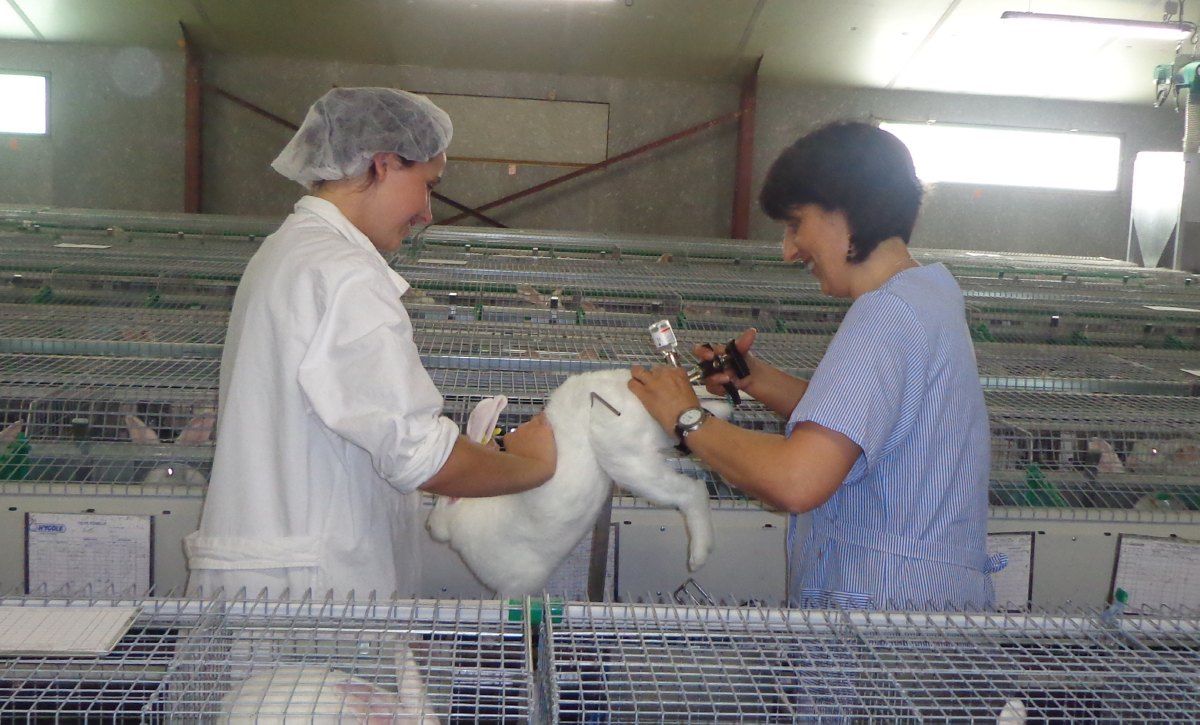GLOBAL WARMING AND THE NEED FOR INNOVATIONS IN THE AREA OF INDIGENOUS LIVESTOCK PRODUCTION IN THE TROPICS.
GLOBAL WARMING AND THE NEED FOR INNOVATIONS IN THE AREA OF INDIGENOUS LIVESTOCK PRODUCTION IN THE TROPICS.

Livestock production has been and still is an important source of food for man. Beyond that, it has provided employments, been a source of income and has generated revenue for companies and been a source of national income to countries. A sizeable percentage of the world’s poor people live in the sub-Saharan region and are believed to depend on livestock for income (Thornton et al., 2013). In Africa, 70-90% of the labour force across the continent, are in the agricultural sector and generate up to 50% of household food and income (Fereda et al., 2016). A small percentage of the livestock farmers are into large-scale commercial production and mainly use exotic or crossed breeds of livestock in production of livestock and livestock products. The larger population keep indigenous livestock which are usually not excellent performers in terms of production but thrive under the climate conditions.
In recent times, the threats of climate change and global warming in the tropics has become more real. Nardone et al., 2010 foresees a worst-case scenario for Africa and some zones of Asia as regards the effects of climate change on livestock production. There would be increased temperatures and this does not bode well for animal nutrition, reproduction or production, which are all hampered by increased temperature. Increased temperature could change patterns of diseases and may even destabilize metabolism processes. Scholtz et al., 2013 expects that the climate change would affect livestock production by tampering adversely with important factors like availability and price of feed grains; availability of pastures and forages; distribution of diseases and vectors; and Animal health, growth and reproduction. Nardone et al., 2010 expects that livestock systems based on grazing would be more affected than industrialized systems as a result of lower rainfall, more droughts and higher temperature.
Some of these problems can be resolved by changing livestock production systems. For instance, changing from nomadism to an industrialized or intensive system. Some of the problems would involve mitigation measures that ameliorate the effects of global warming on the environment. For instance, water could be saved when it rains to irrigate the pasture fields and shades could be provided to shield both animals and pasture from scorching heat. Some solutions would be inherent in the breed of choice for production. For instance, indigenous breeds that have been naturally selected to survive harsh conditions in the tropics would most likely have higher chances of survival under harsh global warming conditions than exotic breeds and would most likely be the best bet though they would have to be selected for improved production performances.
In any case, the farmers raising the livestock are still small-scale farmers and would be unlikely to bear the cost of changing from extensive systems to intensive systems. Indigenous livestock are more hardy than exotic breeds and are thus the future livestock for the small scale farmer. Therefore, it is important that efforts be geared towards the breeding and improvements of indigenous livestock since small-scale livestock farmers contribute a large quota towards the animal products food supply in the tropics.
Technology has been very useful in livestock production. However, the usual expensive costs discourage small-scale farmers. This brings a need for innovations, technological or otherwise, ideas that would beat the cost factor of the benefits of technology and help small-scale farmers improve indigenous livestock production and products. A very good example of such innovations is the ‘OLIRAV’, an improvised rabbit artificial vagina developed by Dr. Idowu Ola, an Animal reproductive physiologist at the department of Animal Science, Obafemi Awolowo University (OAU) and a member of the OAU iLINOVA team tasked with development of indigenous livestock innovations. The OLIRAV has proven to be very effective compared to other AV (Artificial Vagina) brands and has the comparative advantage of being cheaper. This innovation is expected to bring Artificial Insemination technique to the doorstep of rabbit farmers in the less developed economies.
It is recommendable that projects, researches, efforts both government and private be geared towards Indigenous Livestock production and innovations as this is a worthy course to mitigate the effects of global warming in Livestock production and an important step on the trip to food security in the tropics.

Very nice
Thanks, bro
Congratulations @seunword! You have received a personal award!
Click on the badge to view your Board of Honor.
Do not miss the last post from @steemitboard:
Congratulations @seunword! You received a personal award!
You can view your badges on your Steem Board and compare to others on the Steem Ranking
Vote for @Steemitboard as a witness to get one more award and increased upvotes!